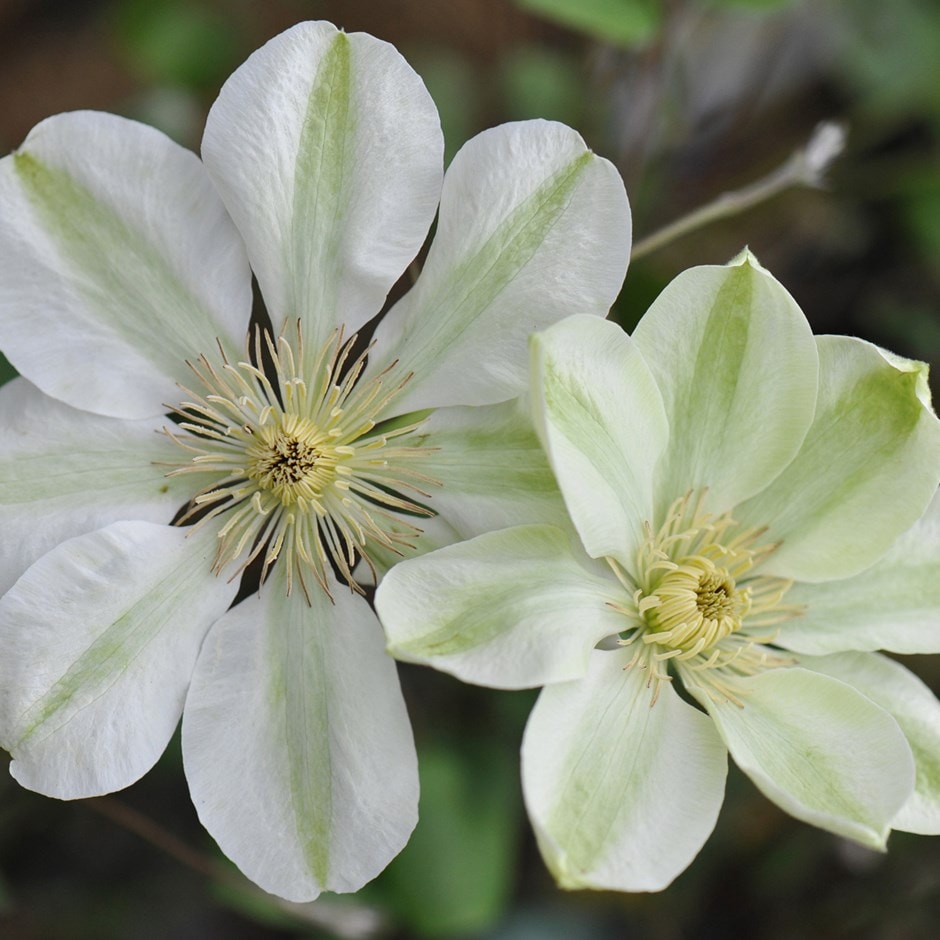Clematis 'Guernsey Cream'
early large flowered clematis (group 2)


*selected lines


Large, cream flowers, up to 12cm (5in) across that appear from mid May to July, and again at the end of August. The cream flowers, with yellow stamens and a green bar at the centre, can fade easily in full sun so Clematis 'Guernsey Cream' is best planted in some shade. Great against a dark background and can even be grown in a large container.
Full sun / light shade
Average
Moderately fertile, moist, but well-drained soil, or general-purpose loam-based potting compost
Fully hardy

Clematis 'Bees' Jubilee'
early large flowered clematis (group 2)
| 3 litre pot | 60cm cane | £20.95 |
|
|
| 9cm pot | 30cm cane | £14.99 |
|
|
| 2 + 1 FREE 9cm pots | £29.98 |
|
Get the latest from RHS Plants, including offers and inspiration. Plus - save 10% off your first order when you sign up.
View our Privacy Policy
© RHS Enterprises Limited 2025
Registered in England & Wales No. 01211648. | VAT No. GB461532757 | Registered Office: 80 Vincent Square, London, SW1P 2PE.
All sales help fund the charitable work of the RHS.

